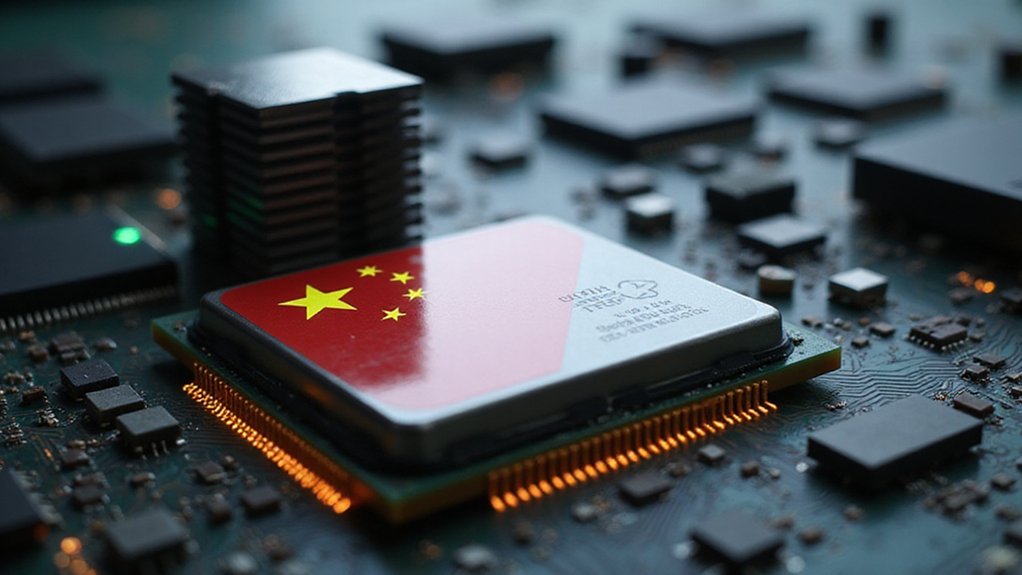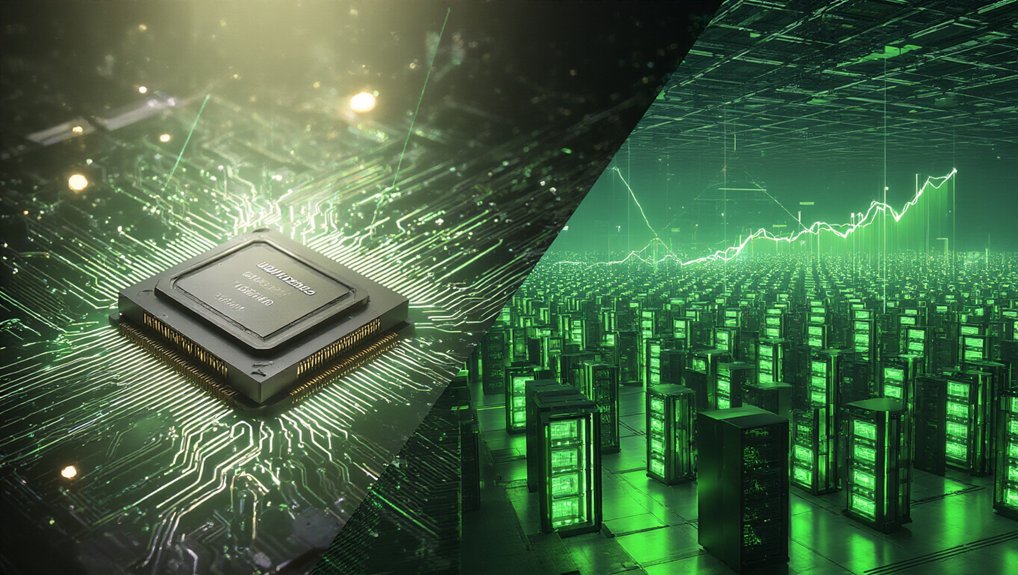The semiconductor industry faces uncertainty as Trump’s chip tariffs approach. Set to begin April 2025, these measures will place a 10% baseline on imports with rates up to 54% for Chinese products. Companies like Nvidia and AMD have already seen stock drops. Investors worry about higher production costs and supply chain issues. The tariffs could reshape how tech companies manufacture and distribute electronics that millions of Americans use daily.
As President Trump’s new chip tariff plan unfolds, the semiconductor industry is facing major disruption. Stock markets have already shown signs of concern, with major companies like Nvidia dropping over 5% and AMD falling about 4%. Broadcom and Micron Technology both experienced significant 7% declines, while Taiwan’s TSMC saw its stock value decrease by 5%.
The tariff plan includes a 10% baseline on all imports starting April 5, 2025, with additional reciprocal tariffs beginning April 9. These will range from 20% to 54% depending on the trading partner’s policies. China faces the highest rate at 54%, while Taiwan will see a 32% tariff. Although semiconductors themselves are exempt, the equipment used to make them will be taxed.
Trump’s tariff plan sets a 10% baseline for imports with higher rates for specific partners—China at 54% and Taiwan at 32%.
This policy could increase production costs for chipmaking tools by 20% to 32%. U.S. companies like Intel and GlobalFoundries rely heavily on these foreign-made tools, and domestic alternatives are often limited or non-existent. European companies such as ASML will see their lithography equipment costs significantly increase under the 24% Japanese tariff. The resulting supply chain disruptions might delay product launches and slow innovation.
The economic impact could be substantial. A proposed 25% tariff on semiconductor imports might cost U.S. importers $6.35 billion annually. These costs would likely affect consumer electronics pricing. The tariffs also risk making U.S.-made semiconductors less competitive globally.
There’s a strategic angle to these tariffs. They aim to encourage companies like TSMC and Samsung to build more factories in the U.S., potentially helping America reclaim market share in chip manufacturing. Trump has specifically highlighted TSMC’s $100 billion investment in Arizona as a positive step. The goal is to reduce reliance on foreign suppliers, though experts note meaningful results could take years.
Some exemptions exist to protect crucial industries. Raw materials like copper and steel needed for chipmaking are excluded, as are certain technologies important for national security. These carve-outs should help shield defense and AI development sectors from the worst effects.
As companies scramble to adjust to these upcoming changes, the full impact on this essential technology sector remains to be seen.









